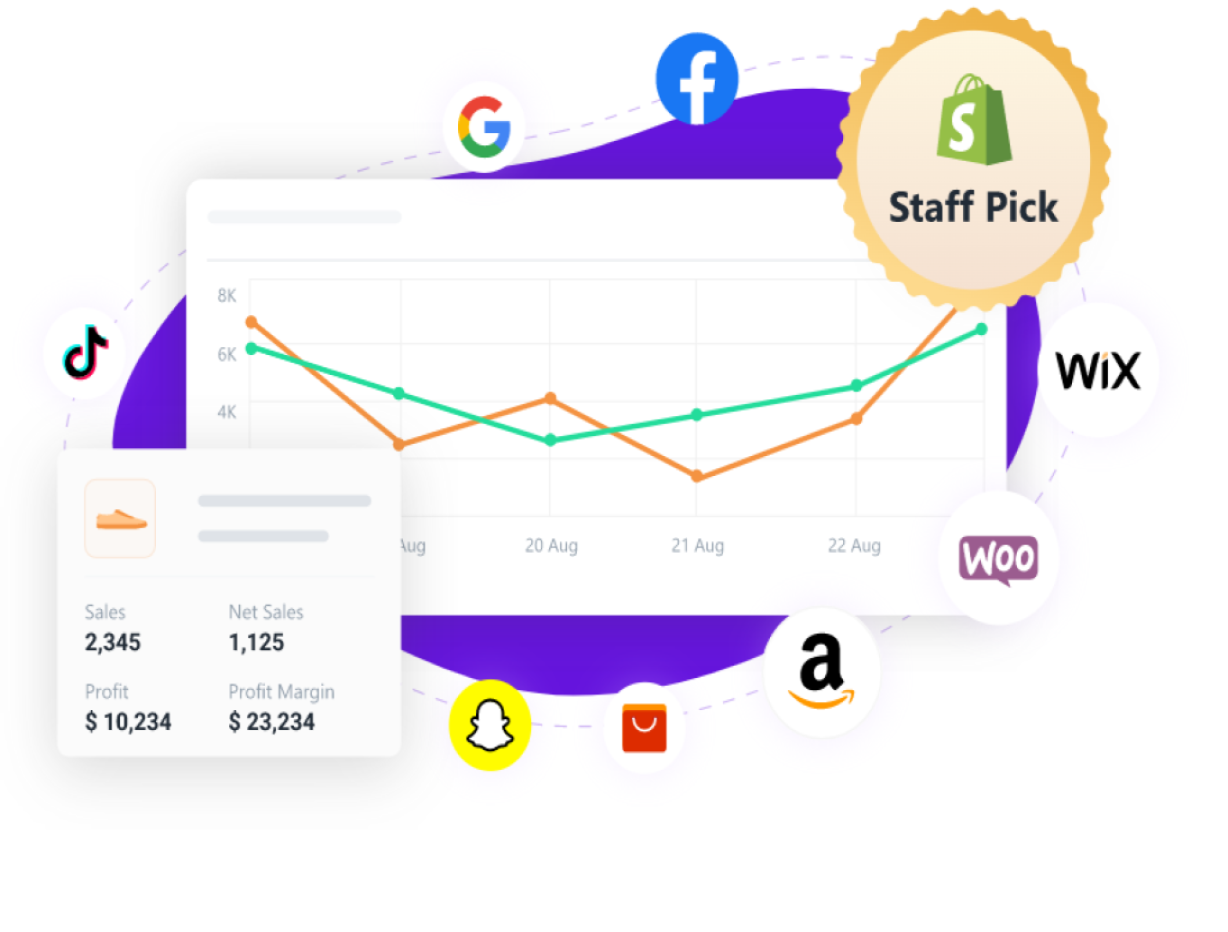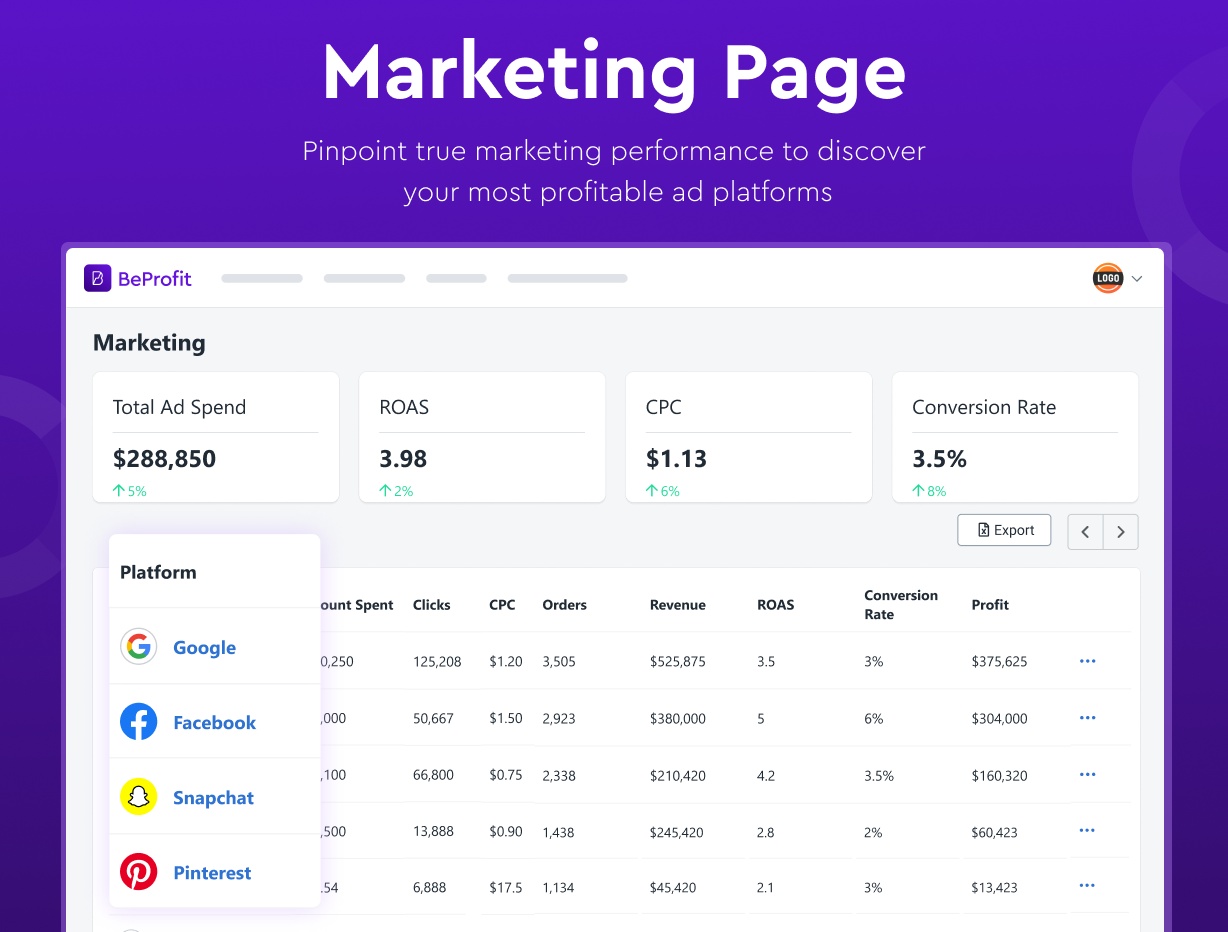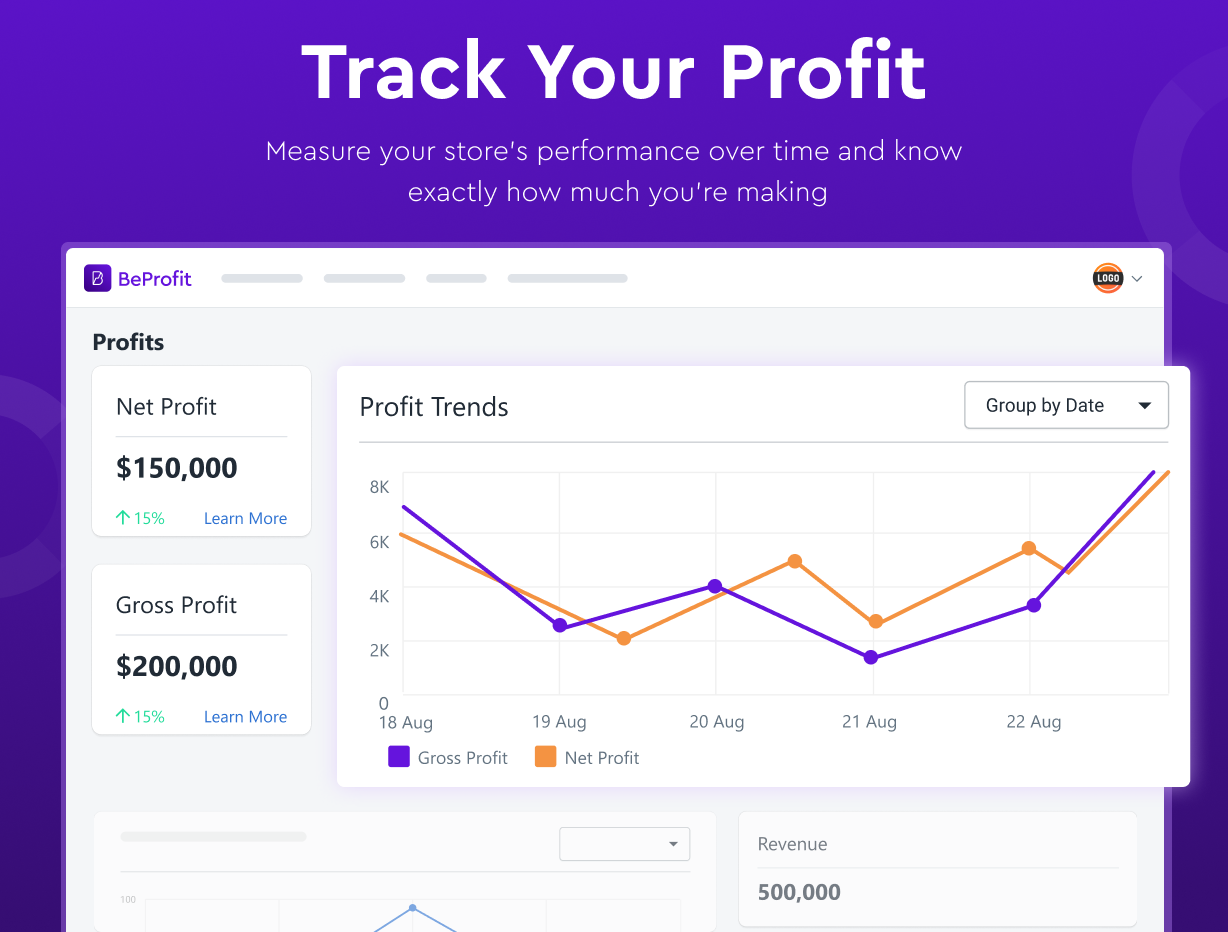5 Essential Shipping Performance Metrics For E-commerce Stores
Updated June 9, 2023

Shipping performance is the backbone of every e-commerce business. To succeed in this competitive market, it's crucial to track shipping data and grasp key shipping performance metrics. These metrics influence factors such as delivery times, shipping costs, and overall customer experience, which all directly affect your bottom line. Below, we delve into five fundamental shipping performance metrics for e-commerce stores, coupled with practical tips on enhancing your shipping operations to maintain customer satisfaction.
5 Essential Shipping Performance Metrics
- Shipping cost to sales ratio
- Order cycle time
- Fulfillment accuracy rate
- Perfect order rate
- Return rate
» See the bigger picture by analyzing these shipping benchmarks
1. Shipping Cost to Sales Ratio
Shipping Cost to Sales Ratio paints a picture of how much of your business's revenue is invested back into ensuring products reach your customers. This metric helps you assess the impact of shipping costs on your profitability. By managing it effectively, you can strike a balance between cost efficiency and customer satisfaction.
Shipping Cost to Sales Ratio Formula
Shipping Cost to Sales Ratio = Total Shipping Costs / Total Sales Revenue
Expert Tips to Manage Shipping Cost to Sales Ratio
- Negotiate shipping rates with carriers to secure competitive pricing.
- Optimize your packaging to reduce dimensional weight and lower shipping costs.
- Implement shipping cost allocation strategies, such as passing on some shipping costs to customers or incorporating shipping costs into product pricing.
» Total shipping costs too high? Follow these expert tips to reduce your shipping costs
2. Order Cycle Time
Order Cycle Time measures the time it takes for an order to be fulfilled—from the moment it's placed to the moment it's delivered to the customer. Monitoring and minimizing the Order Cycle Time is crucial for meeting customer expectations of fast and reliable delivery. A shorter order cycle time enhances customer satisfaction, reduces the risk of lost sales, and allows you to maintain a competitive edge in the e-commerce market.
Order Cycle Time Formula
Order Cycle Time = Order Delivery Date - Order Placement Date
Tips to Manage Order Cycle Time
- Track and analyze order cycle times to identify bottlenecks and streamline processes.
- Utilize automation tools to speed up order processing and reduce fulfillment time.
- Collaborate with shipping carriers to optimize transit times and improve overall delivery speed.
3. Fulfillment Accuracy Rate
Fulfillment Accuracy Rate quantifies the percentage of orders that are shipped accurately and punctually. This metric is vital for ensuring customer satisfaction and preventing costly errors. A high fulfillment accuracy rate signifies operational excellence, reduces the likelihood of customer complaints and returns, and fosters loyalty and repeat business.
Fulfillment Accuracy Rate Formula
Fulfillment Accuracy Rate = (Number of Accurate and Timely Orders / Total Number of Orders) x 100
Tips to Manage Fulfillment Accuracy Rate
- Implement robust inventory management systems to ensure accurate stock levels and minimize errors.
- Provide regular staff training on order processing and quality control procedures.
- Conduct periodic audits and quality checks to maintain high fulfillment accuracy.
» Finetune your e-commerce order fulfillment process with these steps
4. Perfect Order Rate
Perfect Order Rate calculates the proportion of orders that are delivered flawlessly—meaning on time and with all required documentation. A high Perfect Order Rate indicates a high level of operational efficiency and customer satisfaction. It helps you build a strong reputation, gain positive word-of-mouth, and minimize costs associated with returns and re-shipments.
Perfect Order Rate Formula
Perfect Order Rate = (Number of Perfect Orders / Total Number of Orders) x 100
Tips to Manage Perfect Order Rate
- Establish rigorous quality control measures at each stage of order fulfillment.
- Enhance communication and collaboration with shipping carriers to ensure smooth and on-time delivery.
- Continuously monitor and refine your order fulfillment processes to maximize your perfect order rate.
5. Return Rate
Return Rate measures the percentage of orders that are returned by customers. While returns can be costly, analyzing and managing your Return Rate is important to improve your shipping operations. By understanding the reasons for returns and addressing any underlying issues, you can minimize return rates, increase customer satisfaction, and build trust and loyalty.
Return Rate Formula
Return Rate = (Number of Returned Orders / Total Number of Orders) x 100
Tips to Manage Return Rate
- Focus on accurate product descriptions and clear communication to minimize returns due to wrong expectations.
- Simplify the return process and offer hassle-free returns to enhance customer satisfaction.
- Analyze return reasons to identify areas for improvement and take appropriate actions.
» Explore product return rate and its effect on your e-commerce store in more detail
Track Shipping Metrics to Help Boost Your Business




Tracking these metrics provides insights into the efficiency and effectiveness of your shipping operations. This data can guide you in strategizing to optimize shipping processes, cut costs, and improve customer satisfaction. But you don't have to keep track of these metrics manually. Tracking and analysis tools like BeProfit can automate these processes for you.
- Track and analyze profit and shipping data from one dashboard
- Integrate all of your stores and manage your shipping profiles from one interface
- Monitor a variety of profit and shipping metrics








